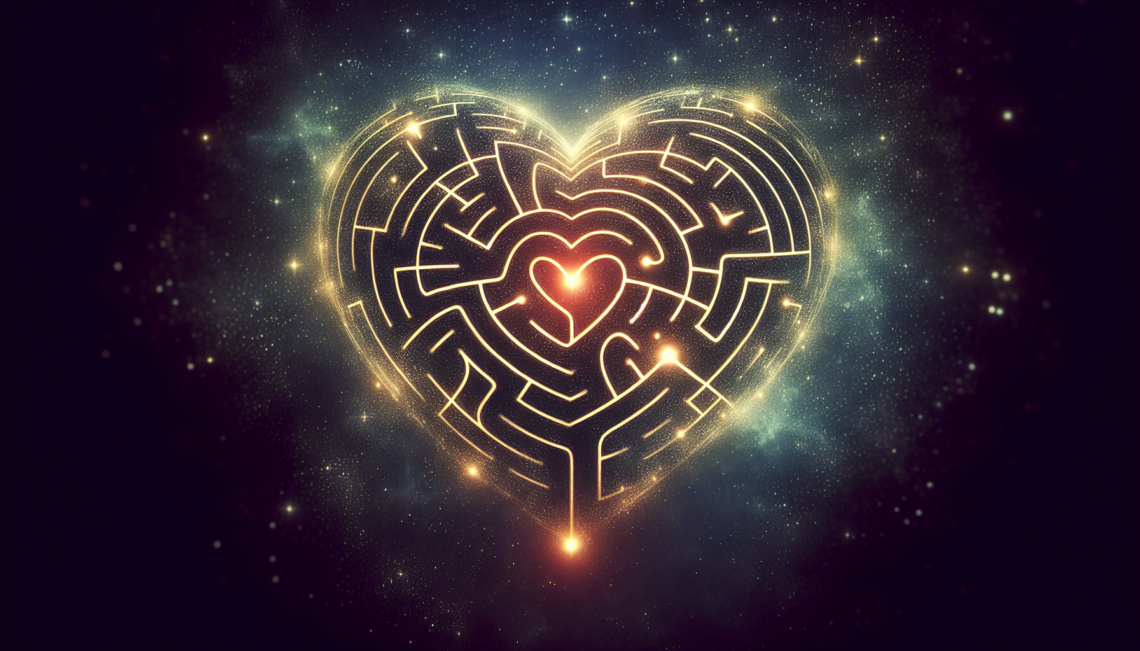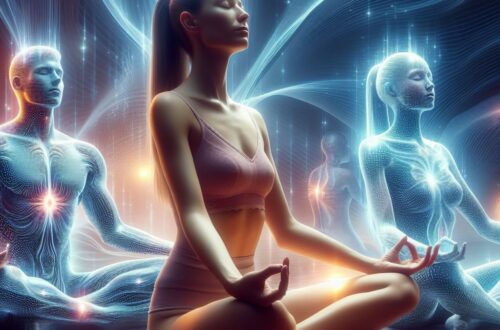
Understanding the Complexity of Love
Love, often described as the most profound emotion known to human beings, has been the subject of poetry, literature, art, and philosophy for centuries. It is a complex interplay of emotions, actions, and thoughts that has the power to give life profound meaning. The essence of love can be multifaceted; it includes everything from the passionate desire and intimacy of romantic relationships to the non-romantic love that exists between friends and family. Even with its ubiquity in our daily lives and culture, love remains a significant mystery. It is both an emotional experience and a motivational force that can lead us to acts of great kindness and dedication.
The Varieties of Love Experience
Love is not a monolithic experience; it encompasses a variety of feelings. Psychologist Robert Sternberg proposed a triangular theory of love that includes components of intimacy, passion, and commitment. These components combine to form different types of love experiences. For instance, passion may dominate in the early stages of a romantic relationship, whereas a long-married couple might find comfort in the deep commitment and intimacy that have grown over time. Philia refers to the deep friendship and fondness between non-romantic partners, and agape, which is often associated with altruistic love, the selfless concern for the well-being of others. Each variety of love experience contributes to the understanding of love’s essence in our lives.
The Biological Basis of Love
From a biological standpoint, love is a powerful neurological condition like hunger or thirst, only more permanent. Researchers have revealed that love triggers a cocktail of chemicals in the brain that include dopamine, oxytocin, and vasopressin. Dopamine creates a sense of euphoria that is often described as “butterflies” in the stomach. Oxytocin, released in large amounts during childbirth and lactation, forges the bonds between mother and child and is also important in other forms of attachment. Vasopressin is associated with behaviors that produce long-term, monogamous relationships. Understanding these biological underpinnings helps explain why love can feel so compelling and why it often forms the core of our most significant attachments.
Love and Its Connection to Well-being
Love does not only give meaning to our lives, but it has been shown to have significant benefits for physical and mental health. Love and social support are associated with a host of positive health outcomes like lower rates of heart disease, depression, and anxiety. Love can act as a buffer against stress, and there is evidence that those who have loving relationships experience faster recovery from illness and may even have longer lifespans. In essence, love is not merely an emotional experience; it is a critical component of our overall well-being.
The Challenges and Growth in Love
While the benefits of love are many, the pathway to achieving and maintaining it can be fraught with challenges. Misunderstandings, conflicts, and life’s stresses can strain relationships. However, overcoming such challenges is part of what makes love so valuable. Engaging in open communication, showing empathy, and practicing forgiveness are all ways that love can grow stronger through hardship. The growth in love comes from working through obstacles together and learning to appreciate each other’s imperfections as much as the qualities that we admire.
The Enduring Mystery of Love
Despite advancements in psychology and biology illuminating some aspects of love, it retains an enduring mystery. Poets, writers, and philosophers continue to explore love’s depths, acknowledge its inexplicable qualities, and marvel at its power to shape our lives. Every individual’s experience of love is highly personal and subjective, which makes it an endless source of wonder and fascination. The potential for love to transform us, to challenge us, and to make us whole is perhaps why it has been and will continue to be one of humanity’s central pursuits.
Conclusion
Whether we look at love through the lens of science, art, or personal experience, its essence touches us all in profound ways. Love’s complexity defies simple definitions or explanations, but its impact is unmistakable. It nourishes the human spirit, forges deep connections, and elevates our lives beyond the mundane. It is perhaps in those unexplainable moments—where we feel love most deeply—that we catch a glimpse of love’s true essence. We may not fully unravel love’s greatest mystery, but its pursuit remains at the heart of the human experience.





